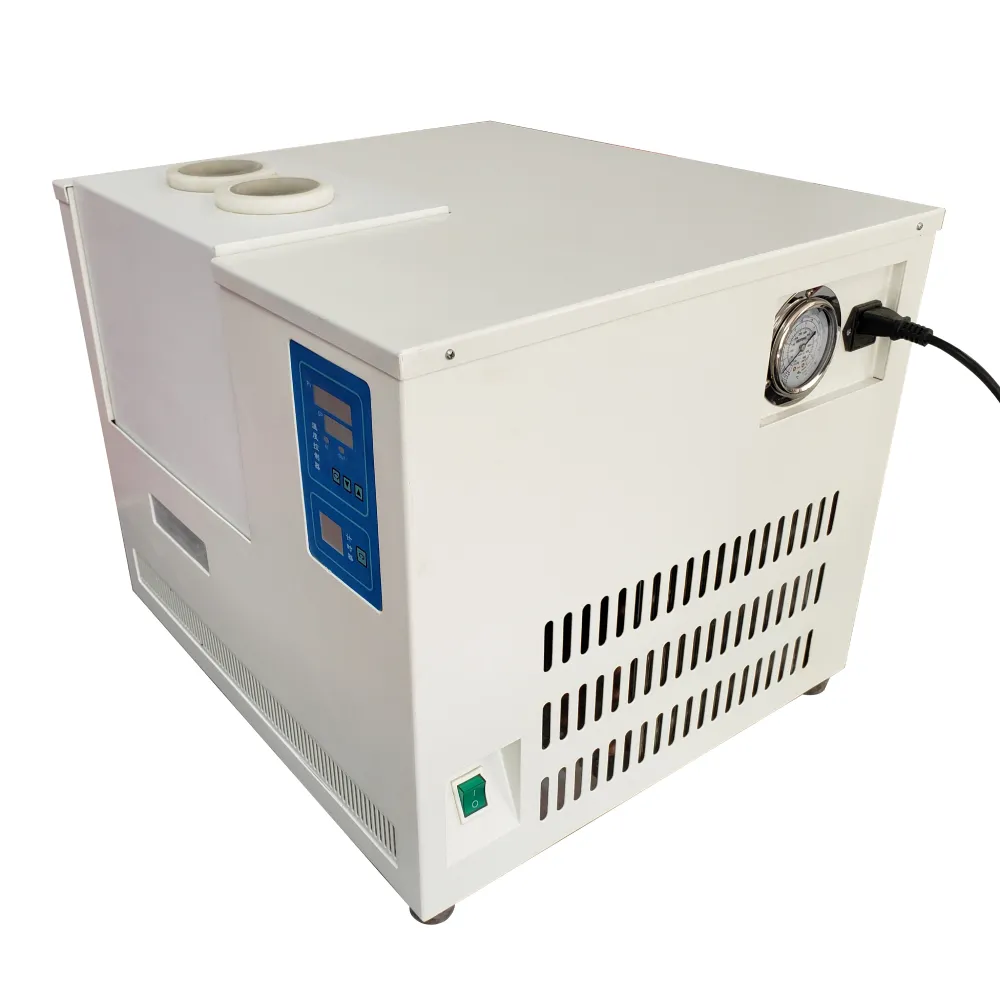 English
English


Understanding Generator Overcurrent Issues and Solutions for Improved System Reliability and Safety
Understanding Generator Overcurrent Causes, Effects, and Solutions
Generators play a crucial role in various applications, providing electrical energy in residential, commercial, and industrial settings. However, one of the significant challenges associated with operating generators is the risk of overcurrent. Understanding generator overcurrent—its causes, effects, and potential solutions—is essential for maintaining the efficiency and safety of generating systems.
Overcurrent occurs when the current flowing through a generator exceeds its rated capacity. This can happen for several reasons, including short circuits, equipment malfunctions, or excessive load demands. When a generator is subjected to overcurrent conditions, it may lead to overheating, insulation damage, and, in severe cases, complete system failure. It is imperative to recognize the signs of overcurrent and take appropriate preventive measures.
Understanding Generator Overcurrent Causes, Effects, and Solutions
Another potential cause of overcurrent is an excessive load being placed on the generator. Each generator has a specific power output rating, and exceeding this rating can lead to overheating and detrimental wear. This situation often arises during power outages or emergencies when multiple high-demand appliances are connected simultaneously. To prevent overload, it is vital to understand the generator’s limits and manage the load appropriately. Operators should utilize load management strategies, such as staggering the use of high-energy devices, to avoid pushing the generator beyond its capacity.
generator over current

The effects of generator overcurrent can be severe. Over time, excessive current can lead to thermal damage to the generator’s windings, resulting in insulation failure. When insulation breaks down, it can cause electrical arcing, further escalating the risk of catastrophic failure. Furthermore, overcurrent situations can also trigger protective mechanisms, such as circuit breakers, which may lead to unplanned downtime. This downtime can be costly for businesses and may disrupt essential services in residential areas.
To address and prevent generator overcurrent, several strategies can be employed. The first step is the installation of protective devices, such as circuit breakers and fuses, which can disconnect the generator from the load in case of overcurrent conditions. These devices act as a safeguard, capable of detecting excess current and automatically interrupting the power supply to prevent damage.
Regular maintenance is also crucial. Routine checks can help identify potential issues before they escalate into serious problems. Technicians should inspect the generator’s components, including wiring and connections, to ensure they are in good condition and capable of handling the expected load.
Additionally, employing advanced monitoring systems can provide real-time data on the generator's performance. These systems can track current levels, identify anomalies, and alert operators before overcurrent conditions occur. By leveraging technology, operators can optimize the performance and lifespan of their generators while minimizing risks.
In conclusion, generator overcurrent is a critical issue that can lead to significant operational challenges and potential hazards. Understanding its causes and effects is paramount for effective management. By implementing preventive measures, conducting regular maintenance, and utilizing protective devices, operators can safeguard their generators, ensuring reliable performance and longevity. As our reliance on generators continues to grow, staying informed and prepared will be key to harnessing their full potential safely and effectively.
-
Differences between open cup flash point tester and closed cup flash point testerNewsOct.31,2024
-
The Reliable Load Tap ChangerNewsOct.23,2024
-
The Essential Guide to Hipot TestersNewsOct.23,2024
-
The Digital Insulation TesterNewsOct.23,2024
-
The Best Earth Loop Impedance Tester for SaleNewsOct.23,2024
-
Tan Delta Tester--The Essential Tool for Electrical Insulation TestingNewsOct.23,2024





